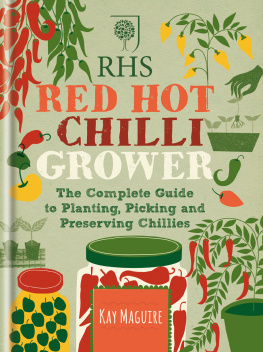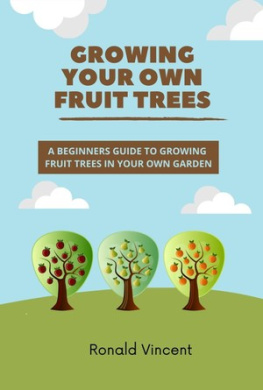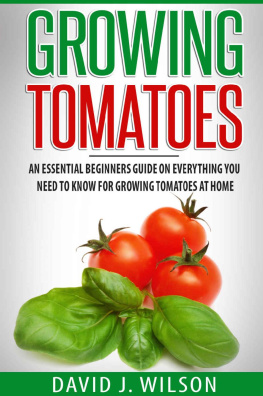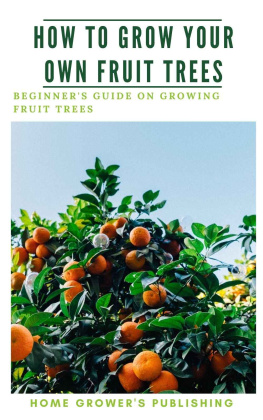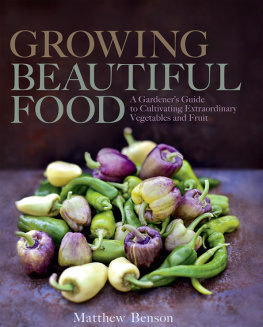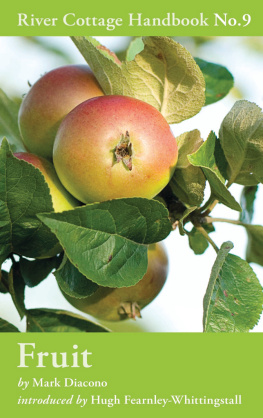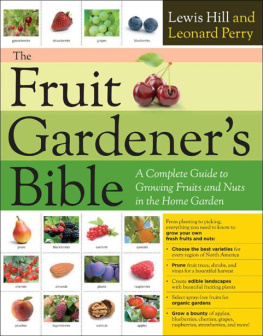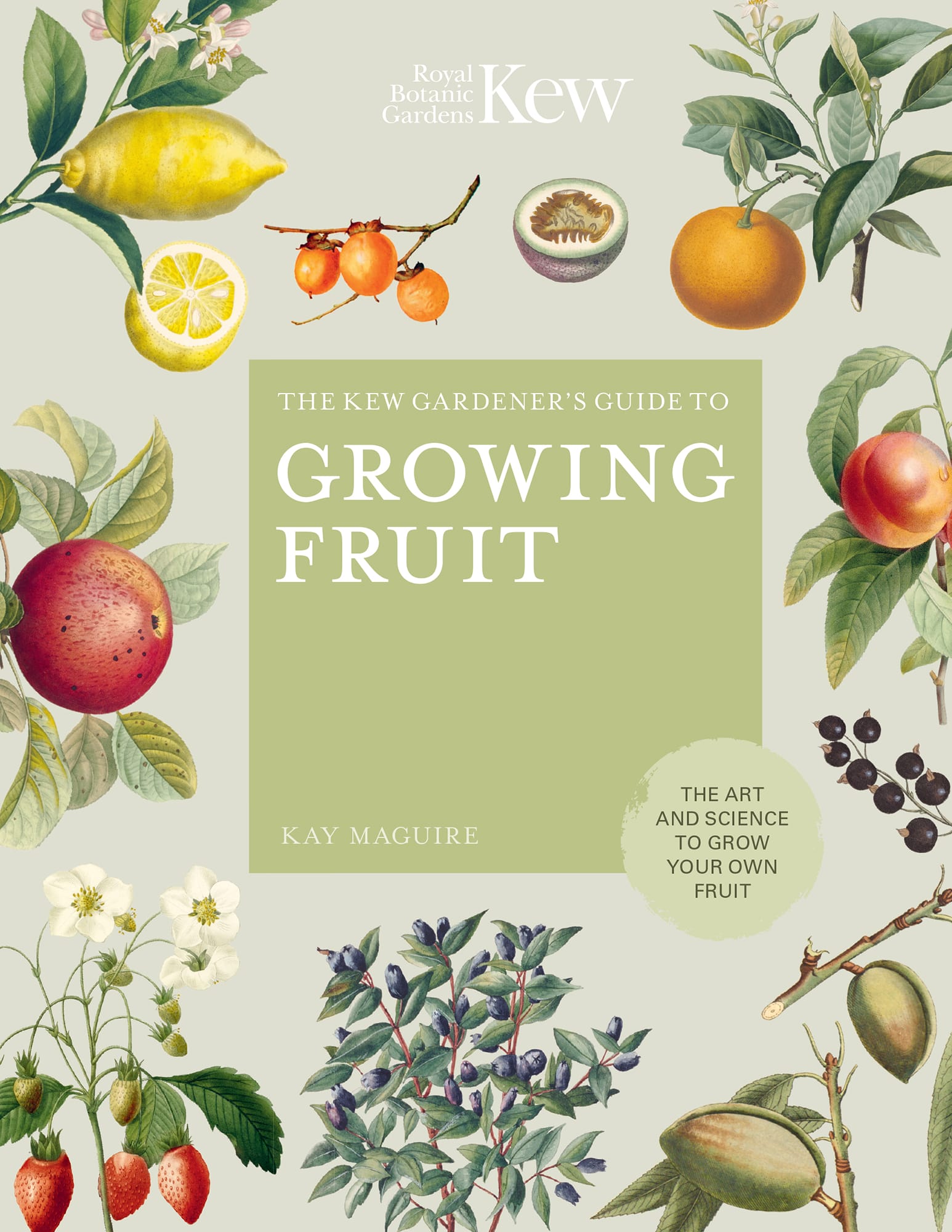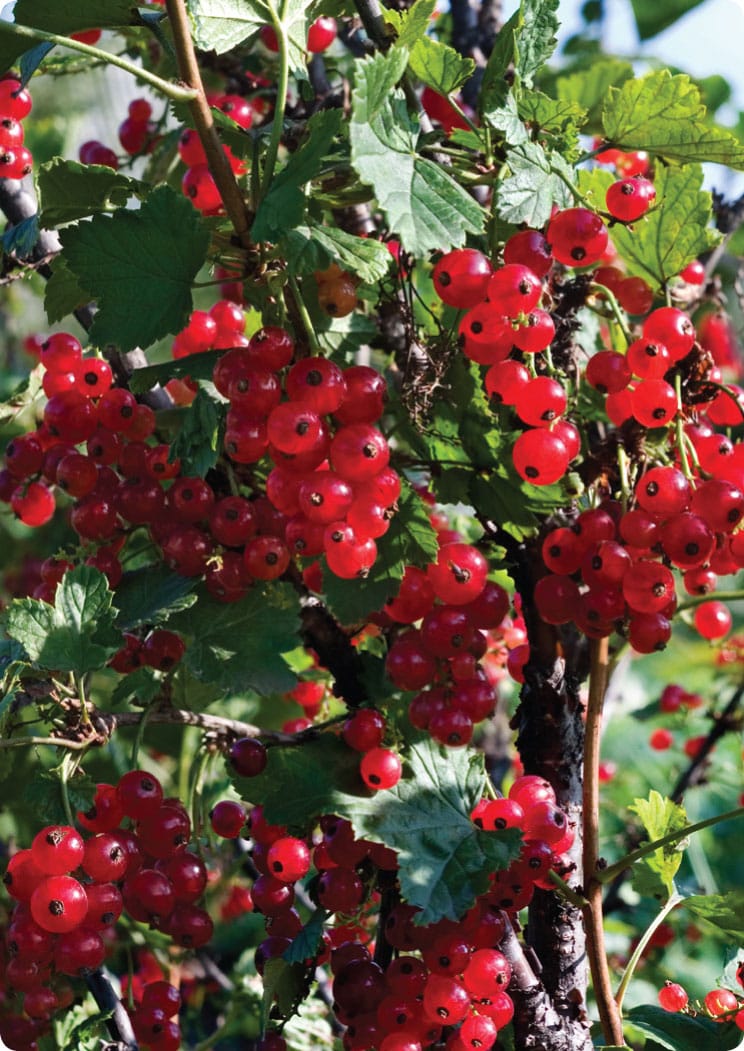Since the earliest hunter-gatherers first plucked berries from the trees and shrubs around them, humans have adored fruit. Designed by nature to be attractive and delicious so that birds, mammals or insects would eat it and so spread its seed, humans too discovered its sweet, delicious juiciness and, once tried, it was never forgotten. Fruit is a delight and a treat, and we have been eating and enjoying it for thousands and thousands of years.
It is also incredibly good for us. Fresh fruit is not only bursting with essential vitamins, minerals and antioxidants as well as fibre, but it also tastes completely different when freshly picked and warmed by the sun than it does when bought off a supermarket shelf. Nothing can compare with the fragrant sweetness of a just-plucked strawberry or the tart plumpness of a home-grown cherry. Even the relatively common and humble apple becomes a whole new taste experience when you try your first, delectable harvest.
Fruit is easy to grow and beautiful, blending well with ornamental plants in the garden.
Fruit is versatile, too, being easily preserved in pickles, chutneys and jams (see ). Therefore, even when the harvest is over, you can savour the taste and aroma of summer for months, if not years, to come.
Most fruit plants are perennials. The cost of a tree or a bush is considerably more than a packet of vegetable seed, and it can also take a little while to become productive, so it is worth putting some time and thought into what you wish to grow before you start planting (see ). Fortunately, there is no specialist knowledge or skill required to succeed. After the initial outlay of energy and expense, most fruit will reward you with free harvests for many years to come. Once planted, fruit is easy to look after there is none of the constant toil and tilling that goes with vegetable growing, and no need to keep sowing every year as you would when growing annual vegetable seed. Shop fruit is also expensive to buy and is very often imported, so you will make savings to your carbon footprint as well as your pocket.
A fruit tree may appear expensive to buy, but it will reward you with produce for many years to come.
There is a fruit that grows in just about every situation and condition to be found in a garden, so there truly is something for everyone. And if space is limited, dwarfing rootstocks (see ) and compact varieties mean that even the smallest garden or balcony can accommodate a tree or shrub in a pot, and everyone can enjoy a little home-grown fruit at some point in the year. At the other extreme, if you have the space and plan carefully, you can eat your own freshly grown fruit every single month of the year.
Wherever you garden, start by growing the fruit you love to eat be it a luscious fig or a tart lime and it is unlikely you will want to stop. Fruit is an integral part of our lives and growing your own is a joy. This book explains the many different types and needs of fruit and helps you to identify those that will grow best in your garden, greenhouse or conservatory. It gives you the inspiration and help you need to get going and to ensure that you continue to keep your fruit happy, healthy and providing delicious harvests year after year.
No matter where you live, delicious home-grown strawberries can be grown easily in a hanging basket.
THE RANGE OF FRUIT PLANTS
Fruit comes in all plant types, sizes and forms. Unlike vegetable plants, most fruit is perennial either a woody shrub or tree, climbing vine or herbaceous perennial, which means that it has a longevity you would not find in the vegetable garden. When you buy a fruit plant it is an investment that will reward you, and often future generations, with a bounty of delicious fruit each and every harvest.
Types of fruit
One of the main types of fruit are those that grow on trees. Often referred to as top fruit, these either have a central stone (as with plums, apricots, peaches and cherries) or a core with pips (as with apples, pears and medlars; also known as pome fruit). In a separate category, nuts are trees that produce fruit with a hard, outer shell surrounding an inner, edible kernel; these include almonds, walnuts and cobnuts.
Soft fruit includes all bush fruit (such as currants and gooseberries), cane fruit (such as raspberries and blackberries) and small herbaceous plants (such as strawberries). Finally, there are also vines and fruiting climbing plants (such as kiwi fruit, grapes and melons).
Tree fruit such as plums are crops that grow naturally as trees and, now, thanks to modern rootstocks and self-fertile varieties, even the smallest space can support at least one.
Soft fruit includes cane fruit and bush fruit such as these redcurrants, as well as strawberries.
Hardiness
Fruit plants hail from all over the world and are native to a whole host of different countries and climates. It is, therefore, unlikely that everyone can grow every fruit they might wish to. Very few fruit will produce a harvest in all climatic zones and the cold hardiness of fruit crops can vary widely. Some can tolerate a light frost for just a few hours; others such as apples, apricots and strawberries can cope with long periods of freezing and actively need a period of winter chilling, while fruit such as watermelon and citrus depend on a long season of high temperatures to grow, develop and ripen fruit.
For those living in zones 27, the first thing to establish is whether the fruit you wish to cultivate is able to grow outside through winter without harm. If not, a greenhouse can help to expand the range of plants you can grow a heated greeenhouse even more so. Different techniques such as cloching and protecting plants with fleece will also help to increase the types of crops you can grow or to extend their season of harvest.


